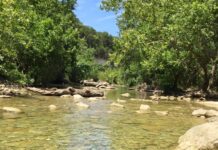Both visitors and long-time residents of Texas are often astounded to learn that there are over 100 amazing State and National Parks in the Lone Star State. Texas parks aren’t just bigger than in other states, but there are simply just more of ’em.
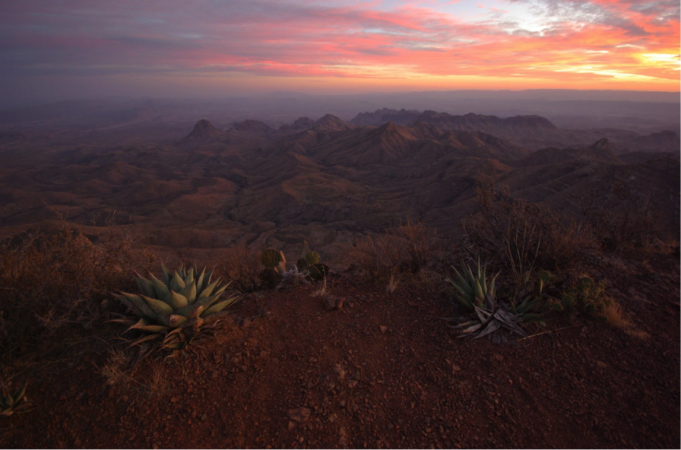
Although Yellowstone National Park was America’s first national park, protected by an act Congress in 1872, Texas is now the proud home to a whopping 13 parks and areas managed by the National Park Service. Lone Star national park areas annually welcome over 4.6 million visitors to enjoy the amazing diversity and nature in Texas.
Below are the five biggest areas managed by the National Park Service in the Lone Star State:
BIG BEND NATIONAL PARK

Named for the bend in the Rio Grande River, Big Bend National Park is one of the most remote and spectacularly unspoiled national parks in the United States.
Established in June 12, 1944, Big Bend measures a huge 801,000 acres, almost as big as the entire state of Rhode Island. Yeehaw, pardner, you can explore this beautiful pristine wilderness on the Mexico border for weeks and still never see it all. Make sure you wear your boots though, as Big Bend is crawling with all kinds of critters, including Cougar, black-tailed jackrabbit, kangaroo rat, golden eagle, collared peccary, Mexican black bear, coyote, and javelina.
Keep your eye out for bones poking out of the soil, as you might be looking at a dinosaur fossil from the Cretaceous or Tertiary era! Big Bend is home to spectacular vistas, gorgeous desert plateaus, and jaw-droppingly beautiful canyon.
Big Bend is almost famous for being home to over 60 different cactus species, many of them unique to the area, and a whopping 1,200 other species of plants. Not bad for a mostly desert area, eh?
GUADALUPE MOUNTAINS NATIONAL PARK
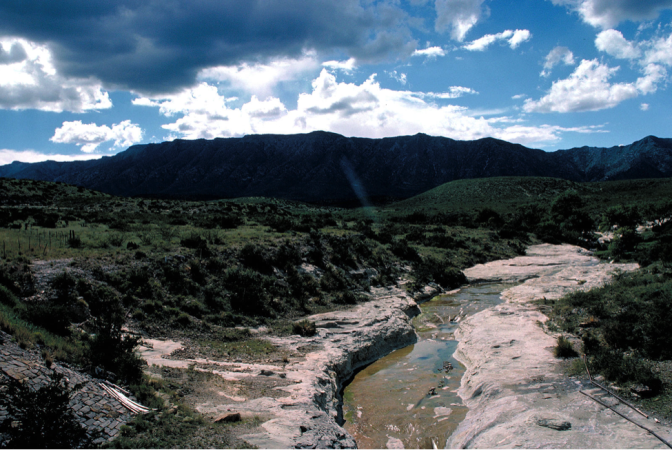
Lift your eyes to the sky, pardner, because Guadelupe Peak is the highest point in the Lone Star State. Another famous peak is El Capitan, which is Spanish for “The Captain”, a unique landmark that brave pioneering settlers once used to tame the Texas wildlands.
Guadalupe Mountains is chock full of amazing horseback trails, and hiking paths that will take you over 3,000 feet up through beautiful stands of pine and fir trees. Visitors also love McKittrick Canyon, home to thousands of Texas-native Bigtooth Maple trees, that blaze with fiery color during the autumn.
First established on October 15, 1966, Guadalupe Mountains has something for everyone, including amazing caves and canyons to explore. And if that’s not enough, you can clamber around on a fossilized coral reef that is millions of years old.
Guadalupe Mountains is bursting with Texas wildlife, including western diamondback rattlesnakes, prairie lizard, Chihuahuan spotted whiptail, tarantulas, mule dear, long-ear sunfish, Rio Grande leopard frog, rock squirrels, elk, black bear, gray foxes, and mountain lions.
LAKE MEREDITH NATIONAL RECREATION AREA
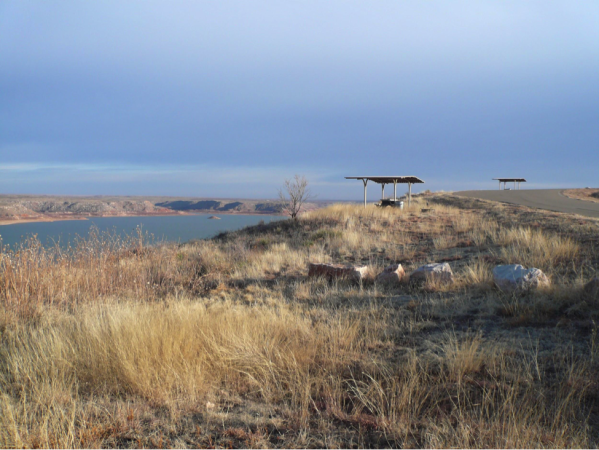
Located north of Amarillo, Lake Meredith National Recreation Area encompasses Lake Meredith, which is a huge artificial reservoir formed after the construction of the Sanford Dam. Lake Meredith National Recreation Area is particularly famous for its boating, fishing, and other aquatic activities, and contains five boat launches and a full-service marina.
Fishing enthusiasts love Lake Meredith because of the huge abundance of different edible species found there. Cast your line and see if you can hook a walleye, smallmouth bass, largemouth bass, white bass, white crappie, or one of Lake Meredith’s Texas-size catfish. If hunting is more your thing, load up for white-tailed deer, mule deer, dove, teal, turkey, quail, and pheasant.
Another special part of the park is the the Alibates Flint Quarries National Monument, a series of special mountains where people have been coming for thousands of years to mine the unique rainbow-hued flint rocks that exist in this Texas paradise.
BIG THICKET NATIONAL PRESERVE
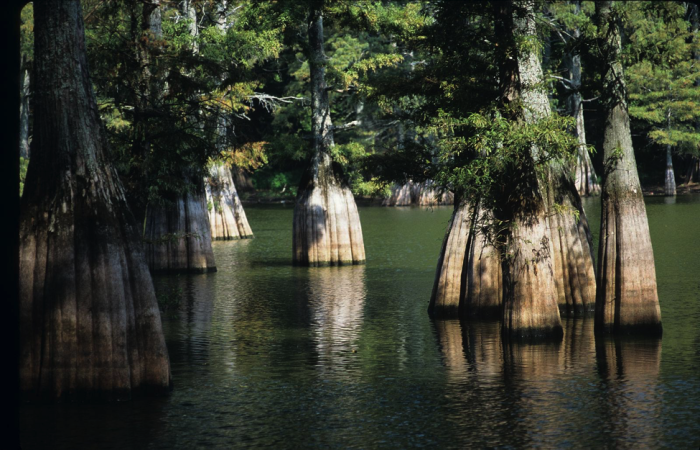
Once far larger, but drastically reduced due to extensive logging operations, Big Thicket National is still home to hundreds of thousands of trees. Big Thicket is the most biodiverse areas in the world not located in a tropical region. It is so amazing that it was been officially designated as a UNESCO Biosphere Reserve in 1981.
Big Thicket is so big that it its boundaries extend over seven different counties in Texas. Big Thicket isn’t just home to hundreds of thousands of trees, but also countless bogs, swamps, and wetlands, so be sure to strap on your waders before heading in. Indeed, because the preserve is largely wetlands and thick forest, the National Park Service’s maintains the park from its office in Kountze, just north of Beaumont.
While nature lovers come to see the abundant flora, such as rare orchids and insect-eating plants, be on the lookout for alligators, water moccasins, and other venomous snakes.
PADRE ISLAND NATIONAL SEASHORE
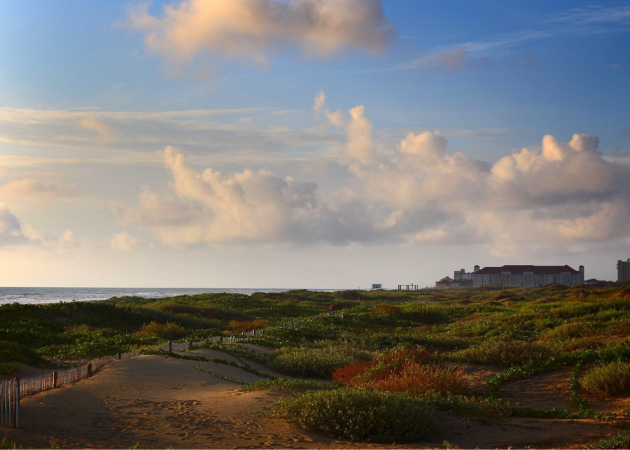
Not to be confused with South Padre Island, home to vacationers and university students on spring break, Padre Island National Seashore is located on South Padre Island, an almost entirely undeveloped and wild area. To preserve the pristine nature of the national seashore, vehicles are largely prohibited from the area. Laguna Madre, located on the west coast of South Padre Island, is internationally famous for its unique windsurfing opportunities.
Established in September 28, 1962, Padre Island National Seashore covers a huge 130 thousand acres, and is longest undeveloped barrier island in the entire world!
The most famous natural attraction is Kemp’s ridley sea turtle, which clambers ashore every year to lay its eggs. Keep your eyes peeled for other critters, including coyote, deer, jellyfish, and ghost crabs.
Padre Island Nationalal Seasure is a birdwatcher’s paradise, as it plays home to over 380 different species of birds, including Brown Pelicans, Redheads, Least Terns, Peregrine Falcons, Reddish Egrets, Piping Plovers, Laughing Gulls, Double-Crested Cormorants, Great Blue Herons, Black Skimmers, and Sandwich Terns.s







